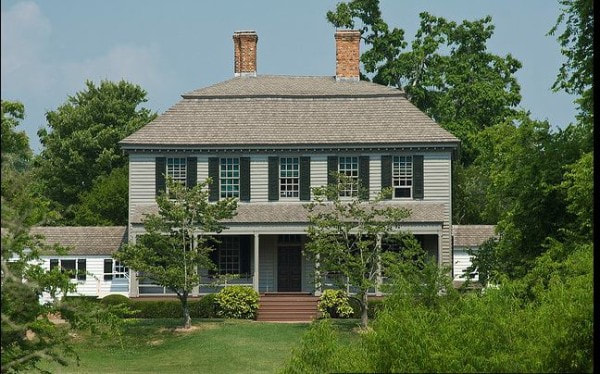
All of us take it for granted, yet why do we paint our homes? Who was the first individual who, exhausted with staring at a white wall, wondered, “Wouldn’t a light blue appear lovely here?” Who knew a white baseboard would brighten a room up? Who believed a front door ought to be painted red? If you are like us, and you’ve always wanted to know, read below! If you are motivated to follow within the steps of our ancestors, call us at (204) 417-1668 for a free estimate.
If you think about it, human beings have been painting their houses for as long as they’ve made the choice to stop hunting and settle within one space. In 2016, The Guardian reported when children accidentally discovered 100,000 year old “painting kits” inside a cave within South Africa. Apparently, the Stone-Age artists crushed huge sea snails for their red and yellow pigments; then they were utilized to make symbolic murals such as those found inside Lascaux, France.
Fast forward a few thousand years to the Pharaonic era when giant monuments were constructed to the dead and the living. Egyptians thought wall murals possessed magical properties in tombs and temples; they reminded the Egyptian people of the rituals after death and the continuity of life, according to the Encyclopedia Britannica. Therefore, wall paintings were considered sacred, and depicted critical elements of the Egyptian psyche all throughout the 1300 years this era of art spanned.
This adoration of interior design reached a high point within the Western world with the wonderfully detailed Sistine Chapel that was painted by Michelangelo from 1508 to 1512. Connected to the private Papal apartments, the chapel was utilized as a gathering space for the Catholic Church Cardinals to elect a new pope and is adorned with scenes from the New and Old Testaments. The Sistine Chapel’s ceiling is one of the greatest art works in human history.
The elite through the 17th to 19th centuries painted their houses bold colors as indications of wealth. Within the American colony of Williamsburg inside Southern Virginia, the local paper provides insight as to paint’s popularity. The Virginia Gazette advertised shades such as dragon’s blood, Spanish brown, and Prussian blue, according to Colonial Williamsburg paint analysis experts. But, not all pigments were stable and oftentimes changed over a period of time and limited the options for outside color. Would you have selected the black and gray exterior of the Robert Carter House inside Williamsburg that is depicted below?
Image courtesy Colonial Williamsburg
An instability of paint chemicals restricted paint application until the year1866 as Sherwin-Williams sold their initial ready-to-use paint. It revolutionized the paint sector and brought paint colors within the entire spectrum of the rainbow into every crevice. The paint sector continuously develops and revolutionizes the way we conceive of decorating our houses.
For more information on the experienced painters of Madani Group please feel free to get in touch with us right away at (204) 417-1668.
An instability of paint chemicals restricted paint application until the year1866 as Sherwin-Williams sold their initial ready-to-use paint. It revolutionized the paint sector and brought paint colors within the entire spectrum of the rainbow into every crevice. The paint sector continuously develops and revolutionizes the way we conceive of decorating our houses.
For more information on the experienced painters of Madani Group please feel free to get in touch with us right away at (204) 417-1668.



